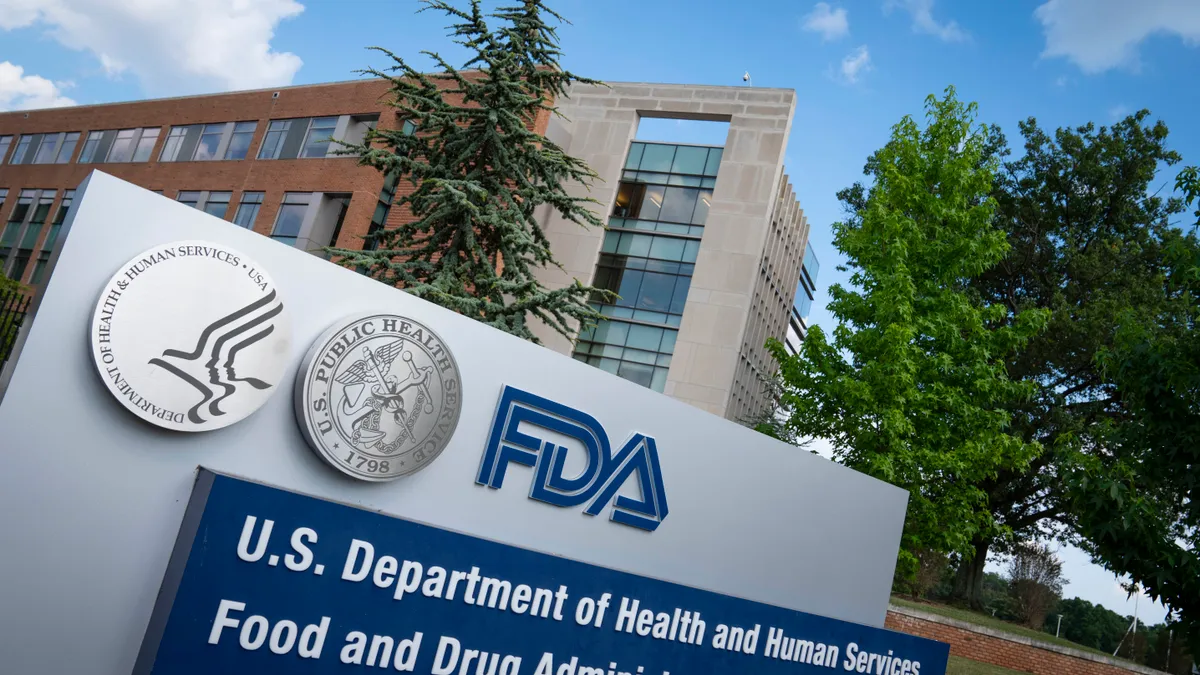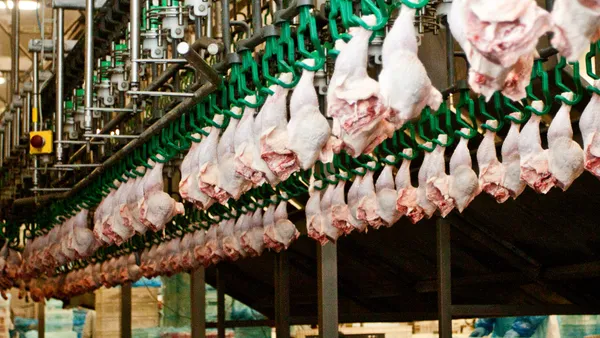A federal government mandate making it easier to identify contaminated food will go into effect by 2026. But with the deadline approaching, a former FDA official believes compliance among food companies is not anywhere close to where it needs to be.
Frank Yiannas, the former deputy commissioner for food policy at the FDA from 2018 to 2023, helped draft the portion of the Food Safety Modernization Act that requires the agency to track food products to prevent contamination and foodborne illnesses.
“I don’t think we’re more than a third of our way there in terms of a food system being ready to comply,” Yiannas said in an interview.
The former FDA official now works at food tech traceability startup Wiliot as a strategic advisor. His role is to help food companies comply with the new rule by allowing more data about food shipments and deliveries to be readily available to the FDA.
The Public Health Security and Bioterrorism Preparedness Response Act passed in 2002 after the 9/11 attacks aimed to improve food safety in the U.S., according to Yiannas. It instructed companies to trace their food inputs back to where they came from in the supply chain. Yiannas said this rule didn’t go far enough to prevent foodborne illness, with gaps the new FSMA measure aims to close.
He said when outbreaks have occurred — such as when salmonella was detected in lettuce in 2021 — there was “a lot of finger-pointing” within the food industry about who was to blame. But often companies producing a large supply of products are already keeping good records of what they produce, according to Yiannas. The part of the supply chain with the greatest need for improvement, he said, is distribution centers.
“The biggest friction point in compliance with the rules is that last mile of what distributors and retailers have to capture,” Yiannas said. “The real opportunity is being able to connect the consumer with where the product came from.”
A big incentive for the FDA’s new rule included updating the policy to fit the current technological landscape. While Congress could not require producers to use any particular technology, Yiannas said the agency knew enterprises of all sizes would not want to comply with more complicated paper-based traceability. Many already use technology in their businesses.
One shortcut companies are using to reach compliance sooner is “advanced shipping notices,” Yiannas said. These are notifications of deliveries that are pending, sent from a shipper to a receiver. He noted that a challenge with this is that what foods should be sent is not always the same as what is shipped.
Through the new rule, the FDA wants to access “receiving records” from players in the supply chain that verify foods have been received, not just shipped.
“The problem is that advanced shipping notices alone don’t meet what was our intent with the rule, and with the state of the accuracy, it could lead to bad data being passed on, which would leave us not being any better off than we were before,” Yiannas said.
He believes advancements in technology, including his employer Wiliot’s ambient IoT labels for easier tracking, will make traceability even more efficient.
The next frontier for traceability will also involve radio frequency identification (RFID), according to Yiannas. These will help formulators, producers and distributors have more access to specifications about food than just where it is coming from.
“We’ll know the temperature, when it’s going to expire and whether rotation practices or sourcing strategies changed,” Yiannas said. “That’s traceability of the future.”












